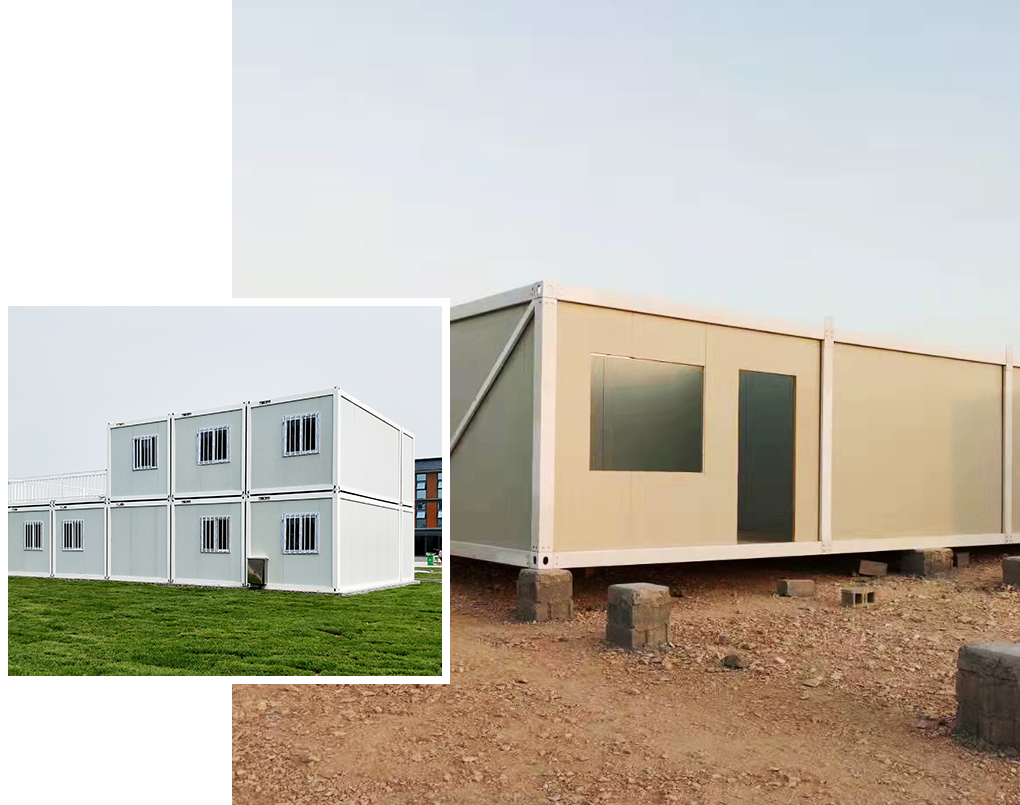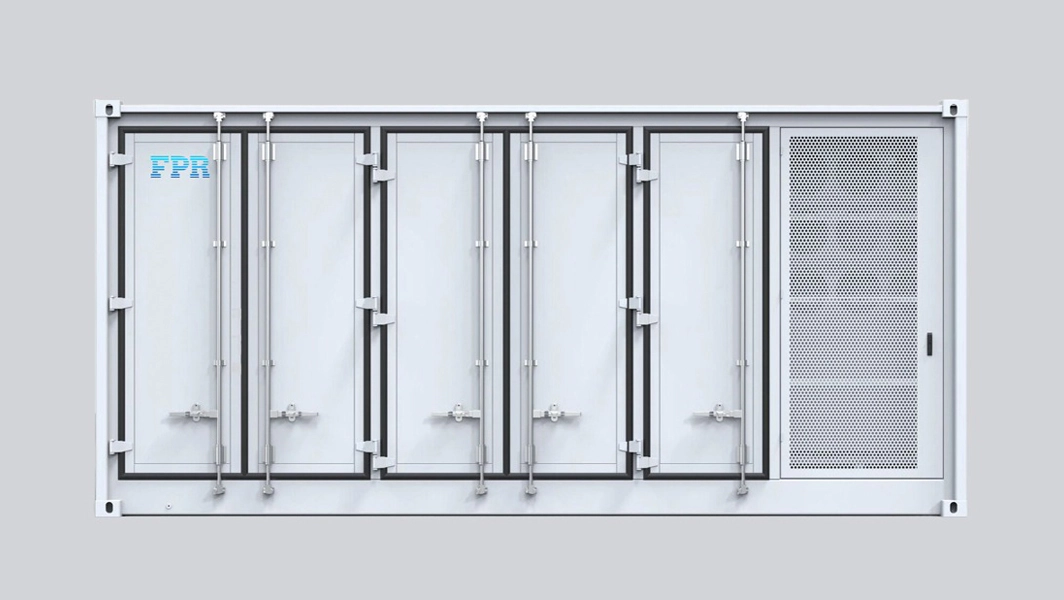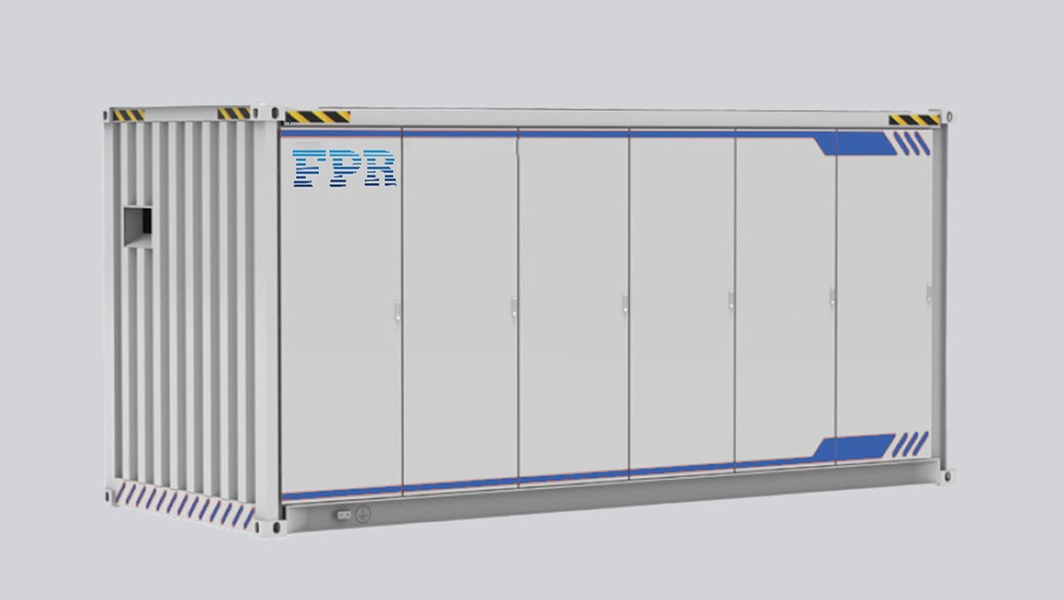Utility Solar Storage and the Integration of Renewable Energy
In recent years, the demand for renewable energy sources has been rapidly increasing, and utility solar storage is emerging as a crucial aspect of the integration of renewable energy into the power grid. This article delves into the importance of utility solar storage and how it plays a significant role in shaping a sustainable future.
Understanding the Need for Utility Solar Storage
To comprehend the significance of utility solar storage, let's explore why it is increasingly necessary. Renewable energy sources, such as solar and wind, are known for their fluctuating nature. With solar power generation highly dependent on sunlight availability, energy production significantly varies throughout the day. Furthermore, solar power generation typically peaks during mid-day, when electricity demands are relatively low.
To harness the full potential of solar energy and address the intermittent nature of renewable sources, utility scale battery storage comes into play. By storing excess solar energy during periods of high production and releasing it during periods of low production or high demand, utility solar storage facilities ensure a constant supply of clean energy, reducing reliance on fossil fuel-based power generation.
The Role of Utility Solar Storage in Grid Stability
As utility solar storage technologies advance, grid stability becomes more attainable. These energy storage systems act as buffers, addressing the intermittency issue of renewables and stabilizing the power grid. They help regulate fluctuations, balance supply and demand, and enhance the reliability of energy supply.
Additionally, during peak electricity demand or grid emergencies, utility stationary battery energy storage systems can provide instant power backup, preventing blackouts and ensuring a resilient energy grid. This ability to support critical loads during times of crisis makes utility solar storage an indispensable component of a robust energy infrastructure.
Environmental and Economic Benefits
Utility solar storage not only provides grid stability but also enables several environmental and economic benefits. By enhancing the integration of renewable energy into the grid, utility solar storage system including battery cell module pack promotes a cleaner and greener energy mix, reducing greenhouse gas emissions and combating climate change.
Furthermore, utility solar storage contributes to energy cost savings. It allows for the utilization of solar power during peak demand, when electricity prices tend to be at their highest. By storing excess energy during off-peak periods and releasing it during peak demand times, utility solar storage helps balance the electricity market, reducing costs for both consumers and utility companies.
As the world transitions towards a more sustainable future, the integration of renewable energy sources is crucial. Utility solar storage plays a pivotal role in this endeavor by addressing the intermittent nature of renewables, stabilizing the power grid, and reducing reliance on fossil fuel-based generation. With environmental and economic benefits, the adoption of utility solar storage facilities can pave the way towards a greener and more resilient energy infrastructure. Embracing this technology is a stepping stone towards a cleaner and more sustainable future for generations to come.
BESS Utility technology is increasingly important as the world transitions towards renewable energy and seeks ways to enhance grid reliability and efficiency.





 EN
EN
 fr
fr  de
de  es
es 


